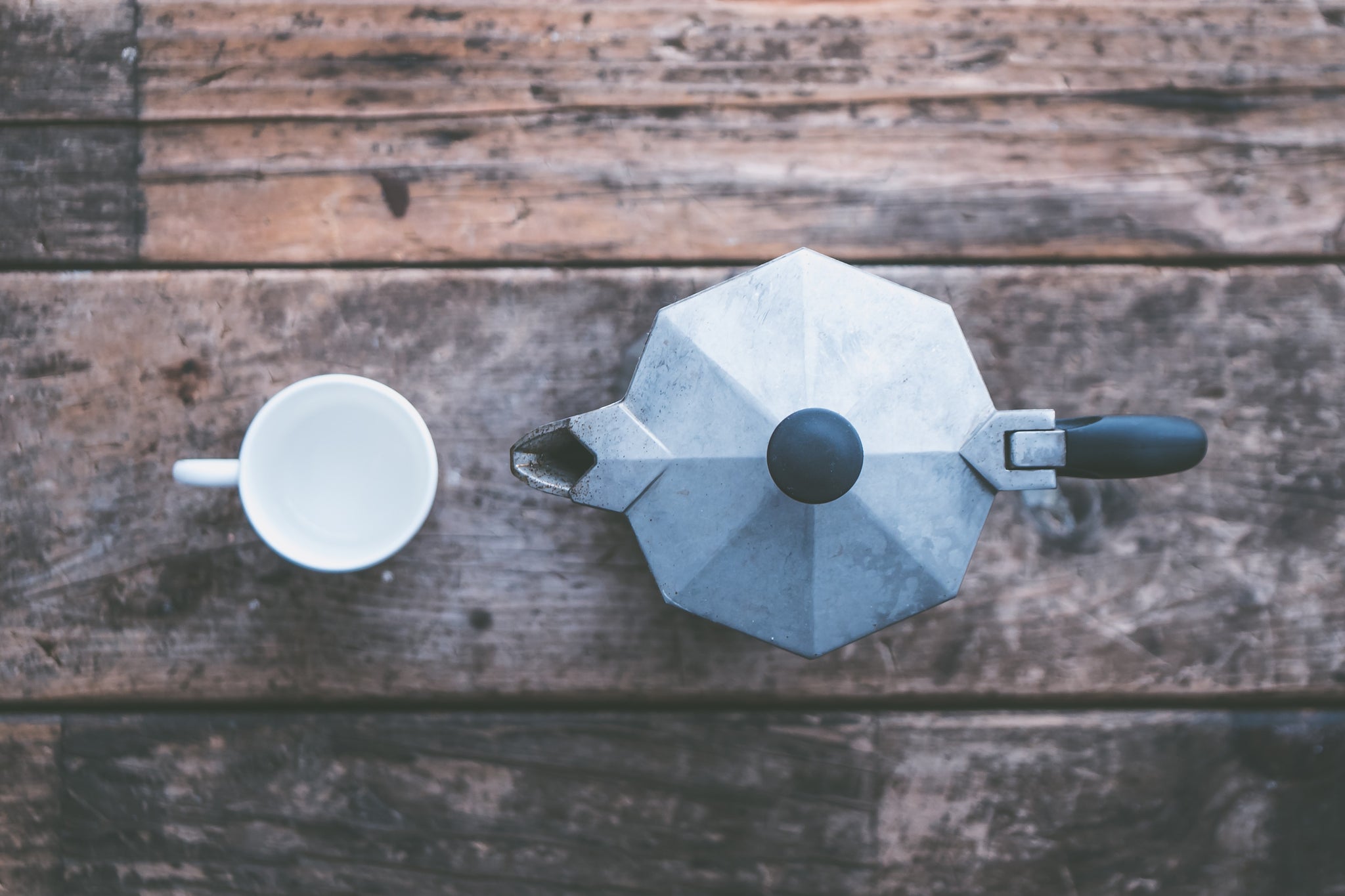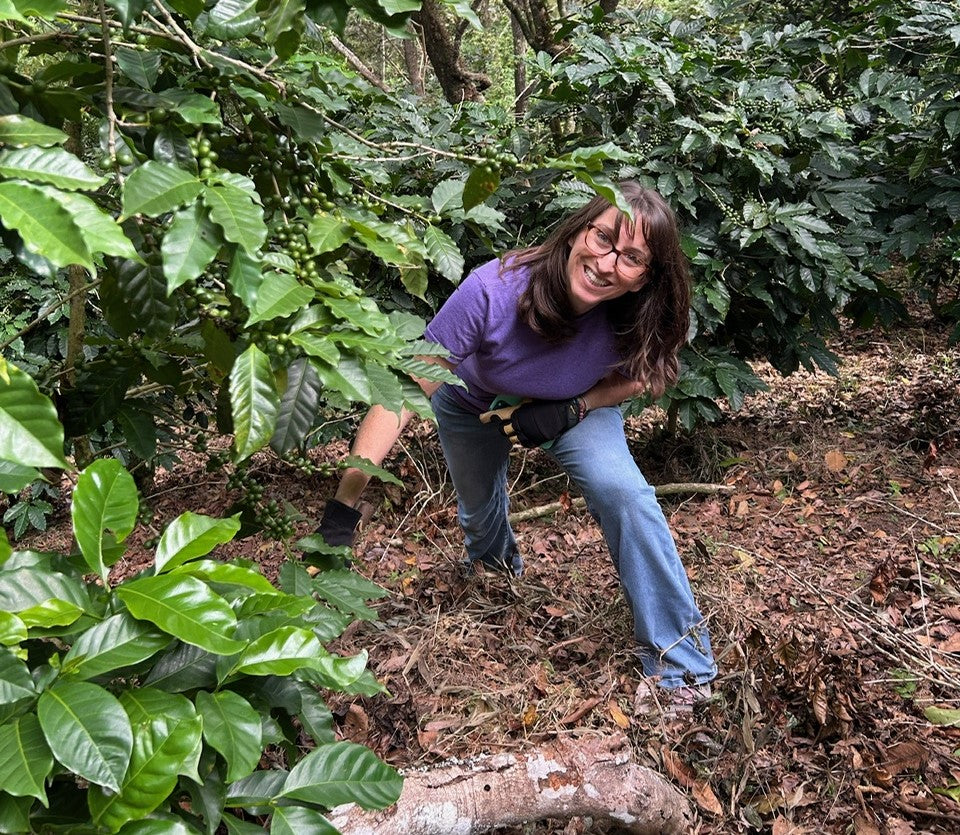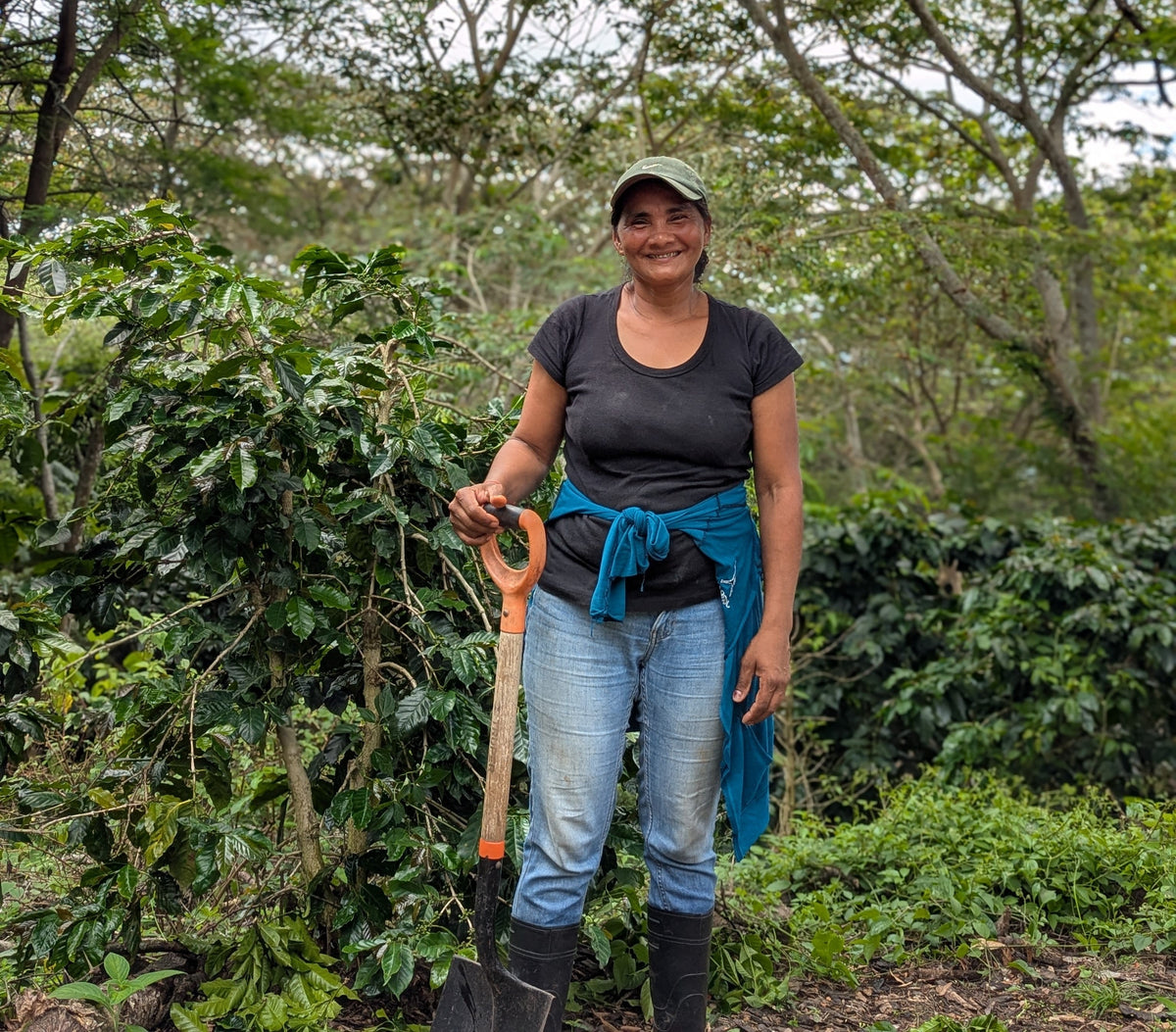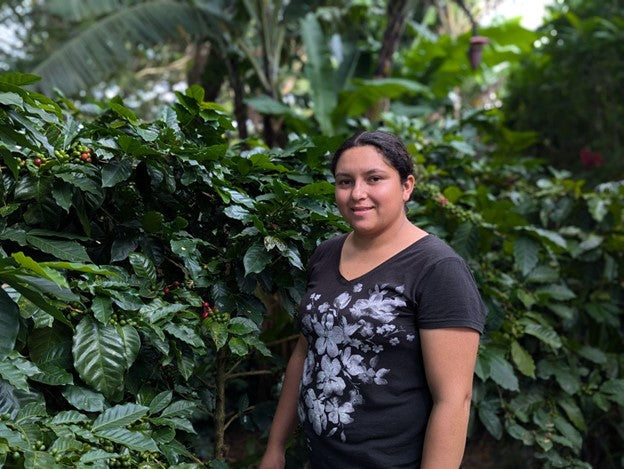
How to Brew Coffee in a Moka Pot
You will find that the Moka pot is a household favorite throughout Europe and is starting to venture out to the global market in recent years. It can provide you with an excellent coffee and doesn't require large amounts of effort; however, most people still aren't sure on how to brew coffee in a Moka pot.

How to Brew Coffee in a Moka Pot
Step 1 - Preheat the Water

In order to make the perfect coffee in your Moka pot then you should really boil the water first. Do this in a kettle or however you boil your water and once it has reached boiling point then remove from the heat and set to one side.
Step 2 - Grind the Coffee Beans
Step 3 - Add Water
You should use your boiled water and fill the bottom section of the Moka pot up to the maximum line.
Step 4 - Add Filter Basket
We recommend that you add the filter basket before the coffee and you should place the basket carefully into the water.
Step 5 - Add the Coffee

Step 6 - Connect the Moka Pot Together
You're almost there. The next step is to screw the top and bottom halves together. Obviously, you should screw the top half to the bottom half to avoid spilling your coffee and water. You don't have to tighten the pot to extreme levels but ensure that it is well connected.
Step 7 - Start to Boil
You should set your temperature on a low to medium heat and place the Moka pot on the stove to begin the process. Avoid leaving the handle over the heat and be aware that some Moka pot designs may require the lid to be left open when boiling.
Step 8 - Smell and Watch Your Coffee Brew
As the water begins to boil in the bottom chamber you will start to see your golden brown coffee emerge into the top chamber. The coffee will bubble and fill the top chamber of the Moka pot with coffee. You should keep an eye on the color of the coffee and when it becomes lighter and there is less bubbling present, you should remove the pot from the heat.
Step 9 - Pour Your Coffee

Top Tips
Leave a comment
Also in San Lázaro Coffee Blog

Rebecca's Day on the Farm Confirms What Makes Us Different
I recently had the privilege of traveling to Honduras with a group from my church. One morning, we volunteered on the San Lázaro coffee farm. It was only three or four hours—hardly a full day—but those hours changed how I’ll look at my morning coffee forever.

The Courage of Starting Over
When life gave Sandra Hernández every reason to give up, she chose something else: courage. She didn’t wait for a rescue. She didn’t ask for pity. When hardship shattered the life she knew, she took her youngest daughter by the hand, left everything behind, and decided to begin again — trusting that Christ would walk with her every step of the way.

Neyli's Journey
In the quiet La Botija mountains of southern Honduras, something beautiful is happening. It’s not just coffee being cultivated at San Lazaro Coffee — it’s hope. Neyli Cruz, 23 years old, is a shining example of that hope. Originally from the small community of San Pedro del Norte, Nicaragua, Neyli was no stranger to hardship.

